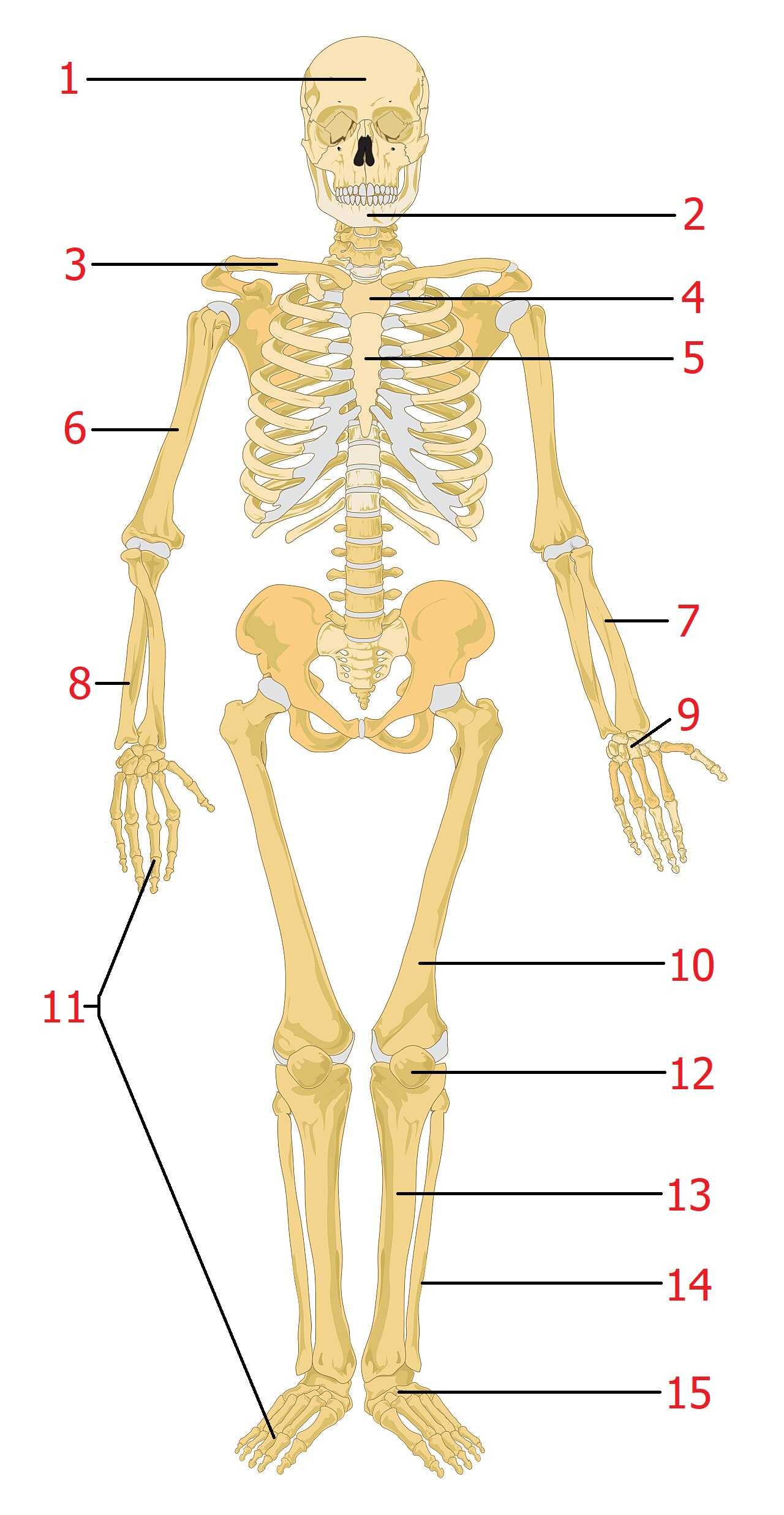
Bones of Contention Trivia Quiz
Is this going to be a problem? Do you have a bone to pick with me? All you have to do to prove that you are right is to correctly label this skeletal diagram; no bones about it!
A label quiz
by reedy.
Estimated time: 3 mins.
